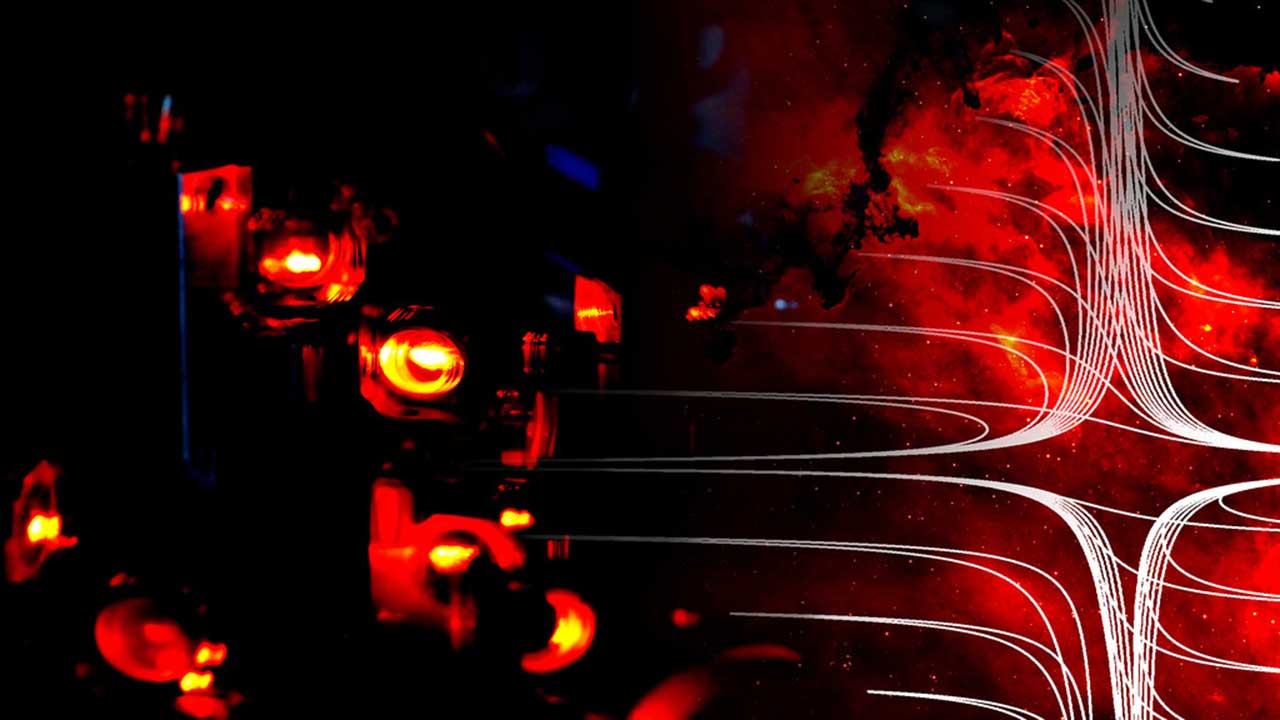
The concept of momentum and energy (and therefore mass) is easy for most people, especially when it comes to solid objects. Most of them are not aware that non-material objects, such as light waves, also have mass.
Well, this is not an unknown fact for physicists. The idea that waves have a mass falls in the category where physics and the physical world come together.
In 1924, French physicist Louis de Broglie proposed wave-particle duality that describes how every particle or quantum entity can be described as either a particle or a wave.
Until now, physicists have discovered so many quasiparticles that combine either two different types of matter particles or light waves bound to a particle of matter. Such quasiparticles are phonons, plasmons, magnons and polaritons.
Now, physicists from the University of Bath proposed a new idea of creating quasiparticles that bind together two differently colored particles of light. They have named these formations photon-photon polaritons.
In their study, scientists found a way to bind together two photons of different colors. This approach could lead to essential advancements in quantum-electrodynamics.
Thanks to the relatively recent development of high-quality microresonators, scientists were able to discover and manipulate photon-photons.
For light, microresonators act as miniature racetracks, with photons zipping around the internal structure in loops. The signature left by photon-photon in the light exiting the microresonator can be linked to the Autler–Townes effect, a peculiar phenomenon in quantum theory that describes strong photon-atom interactions.
This effect in microresonators can be achieved by tuning a laser with a specific resonance frequency where a photon is expected to be absorbed, yet no resonance absorption happens.
Instead, the photon-photon interaction makes up two new resonance frequencies away from the old one.
A significant feature from the Bath research is that the microresonator provided a whole set of split resonances, where each photon-photon pair displayed its momentum and energy. This allowed scientists to apply the quasiparticle concept and calculate mass.
Scientists predicted that photon-photon is 1,000+ times lighter than electrons.
Professor Dmitry Skryabin, the physicist who led the research, said: “We now have a situation where microresonators – which are millimeter-scale objects – behave like giant atoms. The artificial atoms concept is rapidly gaining ground in the quantum-electrodynamics of microwaves in superconducting circuits. Here we are looking at a similar opportunity in the optical range of frequencies.”
“The small mass of photon-photons could lead to further developments of many important analogies between light and fluids, where other families of quasiparticles have already being used.”
Ph.D. student Vlad Pankratov, who participated in the project, said: “After a year of running models and collecting data, these are fascinating findings for us. The potential applications of our results are in the terabit and quantum optical communication schemes and in the area of precision measurements.”
Journal Reference:
- D. V. Skryabin et al. Photon-photon polaritons in χ(2) microresonators. DOI: 10.1103/PhysRevResearch.3.L012017
Continue reading Photon-photon polaritons: Binding two photons of different colours together on Tech Explorist.
0 comments:
Post a Comment